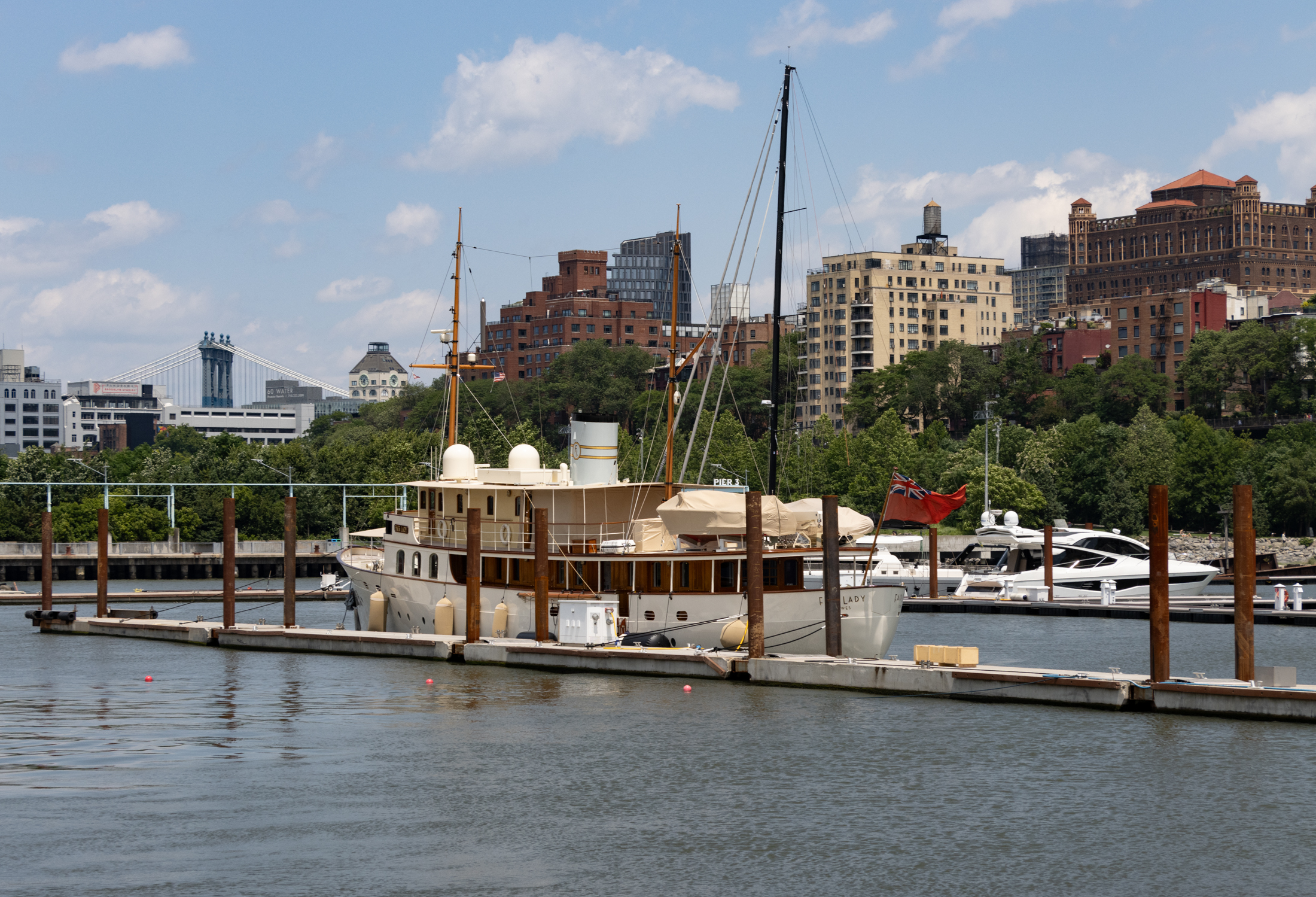Duffield Preservationists Fight Back with Lawsuit
In a last ditch effort to save a group of seven houses that may have sheltered slaves on the Underground Railroad, a group of residents and preservationists (with the help of South Brooklyn Legal Services) filed suit against the city for failing to adequately research the history of the buildings before OK’ing their destruction. The…


In a last ditch effort to save a group of seven houses that may have sheltered slaves on the Underground Railroad, a group of residents and preservationists (with the help of South Brooklyn Legal Services) filed suit against the city for failing to adequately research the history of the buildings before OK’ing their destruction. The suit charges that the study omitted crucial information about links to the Underground Railroad and demands that a new study be performed before demolition is allowed to proceed. A rally and press conference by Council Member John Liu is planned for later this week.
Suit: Underground Railroad Homes at Risk [amNY]
LPC Turns Its Back on Underground Railroad Houses [Brownstoner]
Undergound RR: Consultants Caught In Another Lie [Brownstoner]
LPC Head Tries To Save Underground RR Site [Brownstoner]





Such outrage over such deviousness and travesty leaves me in shock.
The buildings should be preserved indefinitely for the charm of the neighborhood.
Think I’ll go down and start a vigil.
we could have a barbeque
raul, i believe that your thesis statement is incorrect. that is, i do not believe that it has ever been proven that the city failed to follow its environmental review laws. the supplemental investigation of the historical significance of these properties was done at the request of the city council.
so, the preservationists came out in favor of preservation and the economic development people are pushing economic development…give a wo/man a hammer and all the world is a nail. are you saying in the third paragraph that an underground railroad research center would generate as much economic activity as a garage built in support of three new buildings that would surround it, not to mention the central business district in general?
Oh great, another…rally. Hell, that’ll show ’em. Watch out, world, this fight ain’t over yet!
Free Mumia.
Yawn.
Raulism, I was talking about LPC’s, not EDC’s, ruling – specifically whether the structures should be landmarked – which seem to be governed by different criteria than what the EDC should consider (i.e. architectural preservation and significance). Believe me, I’m for preservation, I just see that this would be are hard sell for these buildings with the LPC, with the exception of 233 that has a somewhat preserved facade.
The suit has nothing to do with landmarking. It has to do with the failure of the City to follow its own environmental review laws.
And Google streetview, as far as I know, is not the final arbiter of historical importance. The majority of historians hired by the Economic Development Council to legitimize their recently released document have come out in favor of preserving these properties. The EDC hired noted historians with relevant expertise, and then ignored their conclusions. And they spent $500,000 in the process.
These properties could potentially provide an important cultural resource to Downtown Brooklyn. Turning them into a parking lot is not necessarily the best way to help the economy.
What’s wrong with studying the issue more? The Economic Development Corporation’s study provided some important new insights into the Abolitionist history. The EDC document is consistent with several historians who claim that these properties are the best location for Underground Railroad research in New York City.
As the EDC published, more information may become available about this history. Since the City wants to use eminent domain to destroy these homes, the burden of proof should be high. It’s not a lot to ask for more research before demolishing the homes for dubious economic benefit.
k, jason’s property isn’t in the footprint of “willoughby square,” the underground garage topped by open space, so his situation is completely different than these properties. also, fyi, i find him frequently misinformed and misinforming, which i find pretty ironic since he is “psychic jason.”
I checked out 233 on Google streetview, and I can see why people would be concerned with that one house as it still retains what looks to be an original facade. All of the others have nothing to offer from a historical structure or general streetscape aesthetic perspective (underground railroad history notwithstanding), so I don’t see how there could be a case for preservation for any of them other than 233.
it ain’t about charm. It’s about displacement and the unnecessary destruction of Brooklyn’s history and streetscape.
it ain’t about charm. It’s about displacement and the unnecessary destruction of Brooklyn’s history and streetscape.